OSLO by Lambda Research Corporation
Optics Software for Layout and Optimization
OSLO is a powerful, user-friendly optical design program capable of solving a host of optical imaging design problems. OSLO helps optical designers fulfill their optical system requirements – with it, designers have the freedom to define and constrain systems with OSLO’s open architecture to design the system they need. OSLO is used to design and engineer manufacturable optical systems with refractive, reflective, diffractive, gradient index, aspheric, and freeform optics. Its superior raytracing, analysis, and solid foundation in accurate physics modeling has made it a valuable choice for many designers and a tool that’s widely used to check other programs’ accuracy.








